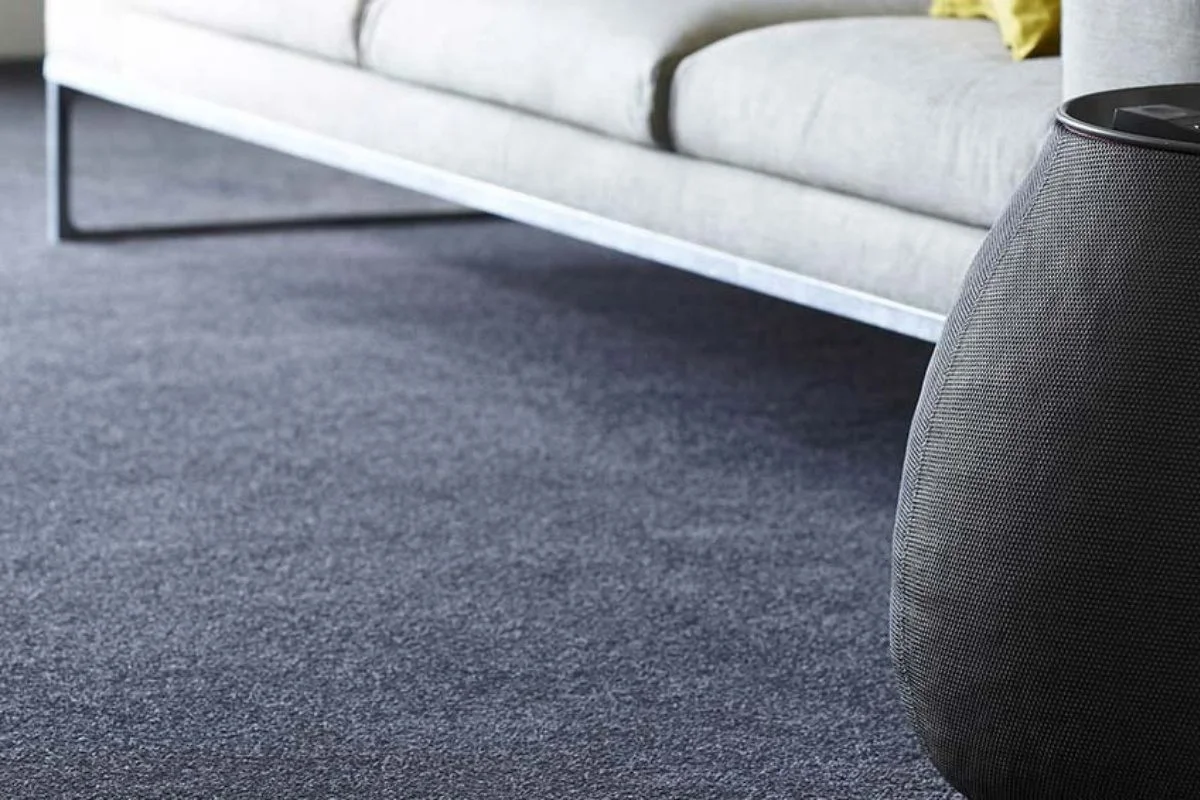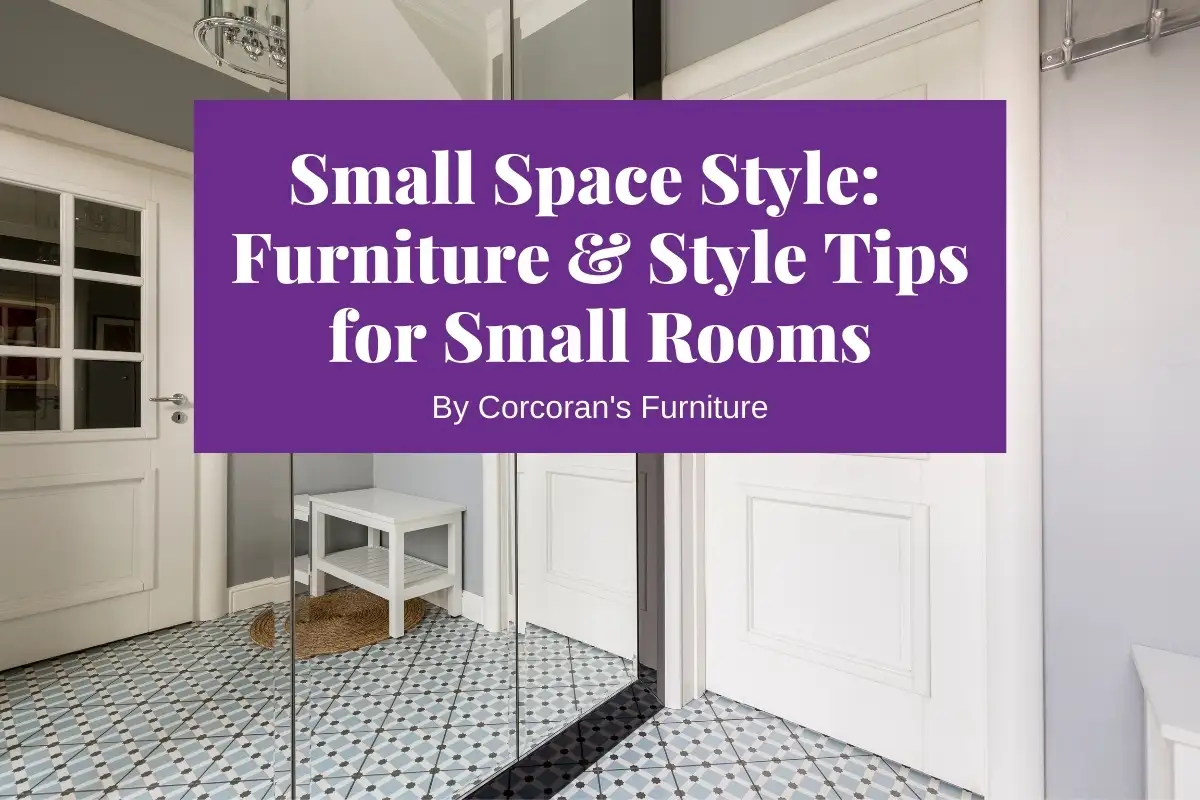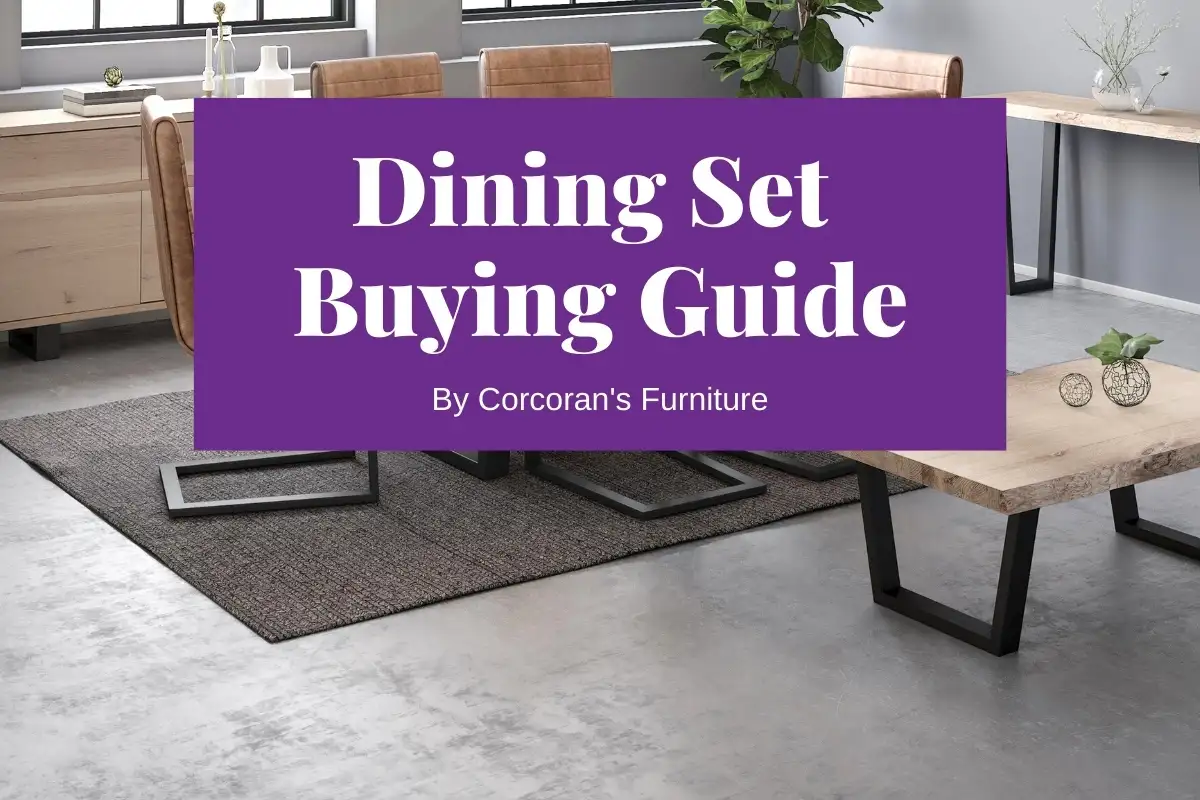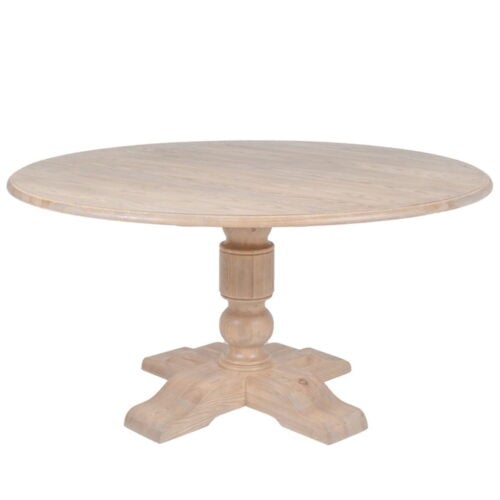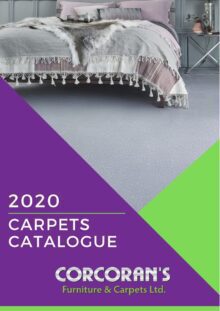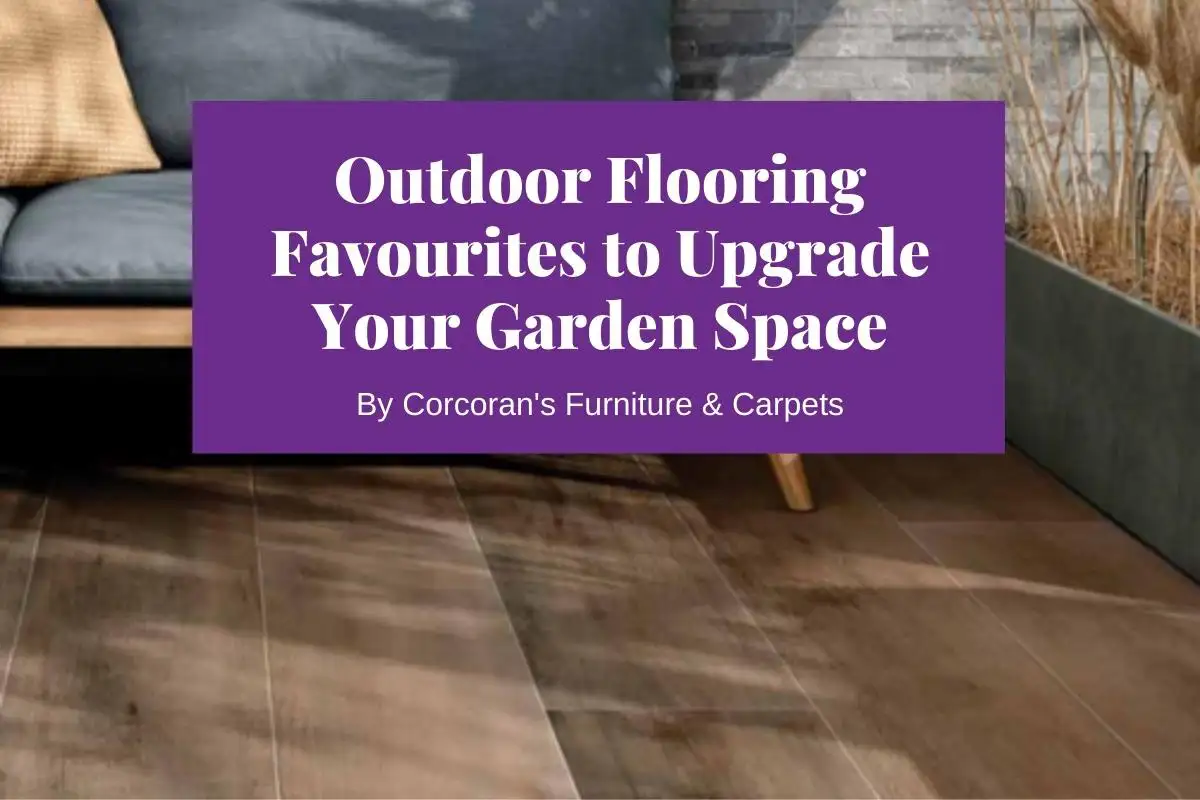Floor Cleaning Made Simple: Our Quick & Convenient Tips
Cleaning the floors is no one’s favourite chore. Surveys show that jobs like sweeping and vacuuming rank among the least desirable household tasks for Americans, Aussies, and Brits alike, and it’s surely not a favourite for Irish folks either. Luckily, there are ways to make floor cleaning and tile cleaning quicker, easier, and all-around more painless. Whatever kind of flooring you have — from LVT to carpet, hardwood to tile — read on for our top tips to keep your flooring looking as bright and fresh as the day you first saw it at our Corcoran’s flooring department.
General floor cleaning tips
As with most things, a progressive approach is better than waiting until your floors require an intense deep clean. Looking after your floors and carpets day to day with simple things like doormats, wiping up spills or dirt immediately, and sweeping regularly will mean your floors are cleaner overall so when you do set aside that day for a big clean, it’ll be an easier and less stressful process.
Some of this may involve lifestyle routine changes. If you can convince your kids to take off their shoes before running through the house, or if you give Fido an extra brushing to remove excess fur and keep it from getting into the carpet, you’ll have an easier time with the floor and tile cleaning. But this may be even more effort than the floor cleaning itself, so never fear! Dirt is inevitable, and so the important thing is to know how to take care of it.

Use the right tools for your flooring
There are plenty of DIY hacks out there for tile and floor cleaning, and many of them are just as good as professional cleaning products, but before you turn your kitchen into a chemistry lab and start mixing ingredients, make sure you know what is safe to use on your particular flooring type. The best way to find out is to go to the source — get in touch, and we can help you with the right info for your specific flooring. For broader advice, read on:
Floor cleaning for wood floors
If your hardwood floors are unsealed, use dry methods or specialised products only for floor cleaning. Remove as much dirt, pet hair, and dust as possible through sweeping or vacuuming before trying any other methods. If you have sealed floors, a gentle cleaner may be safe to use, but still check the manufacturer’s directions to be sure, and never let water pool on the floor or it can soak into the panels.
And to remove scuffs, buffing gently with a clean, unused tennis ball is an easy, DIY floor cleaning hack.
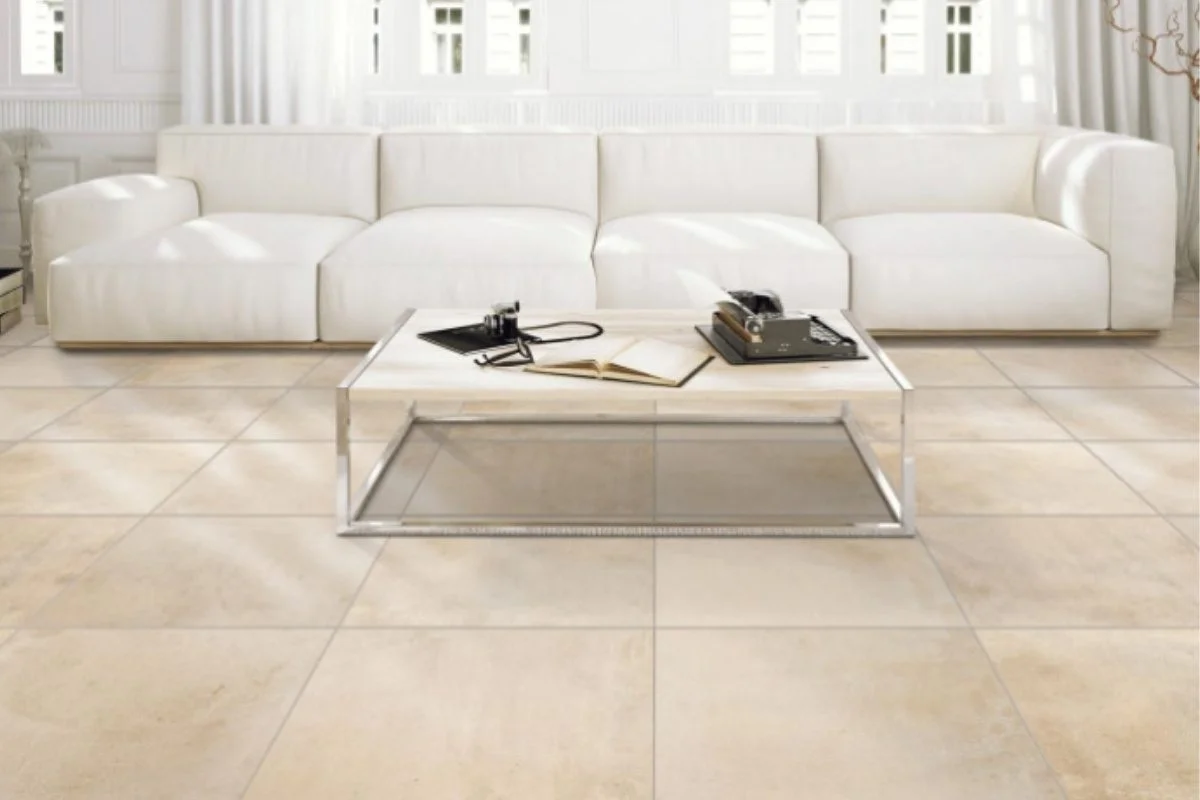
Tile cleaning for floors
A microfibre mop is key for tile cleaning. Traditional string and sponge mops make it too easy to just end up pushing your dirty water around the floor and not fully scrubbing out the grout. A microfibre mop makes it simple to clean, wring out, and dry quickly.
For floors that are only lightly soiled, warm water may be enough to lift and remove dirt, and also makes it simple to avoid streaks or stickiness that may occur from using cleaning products. Buff the floors dry with another microfibre mop afterward for best results.
Floor cleaning for laminate
Because of the finish of laminate flooring, you should avoid using soap-based cleaners or overwetting, as it can leave your floor slippery and filmy. If possible, dust or vacuum, and only use a damp mop if absolutely necessary.
For tougher floor cleaning, a dilute compound of vinegar and water (½ cup vinegar to 4 litres of water) can do the job without leaving residue. Again, prevention is important here — sweep regularly to remove grit and prevent scratches, and avoid the need for deeper cleaning that could damage the finish of your laminate.
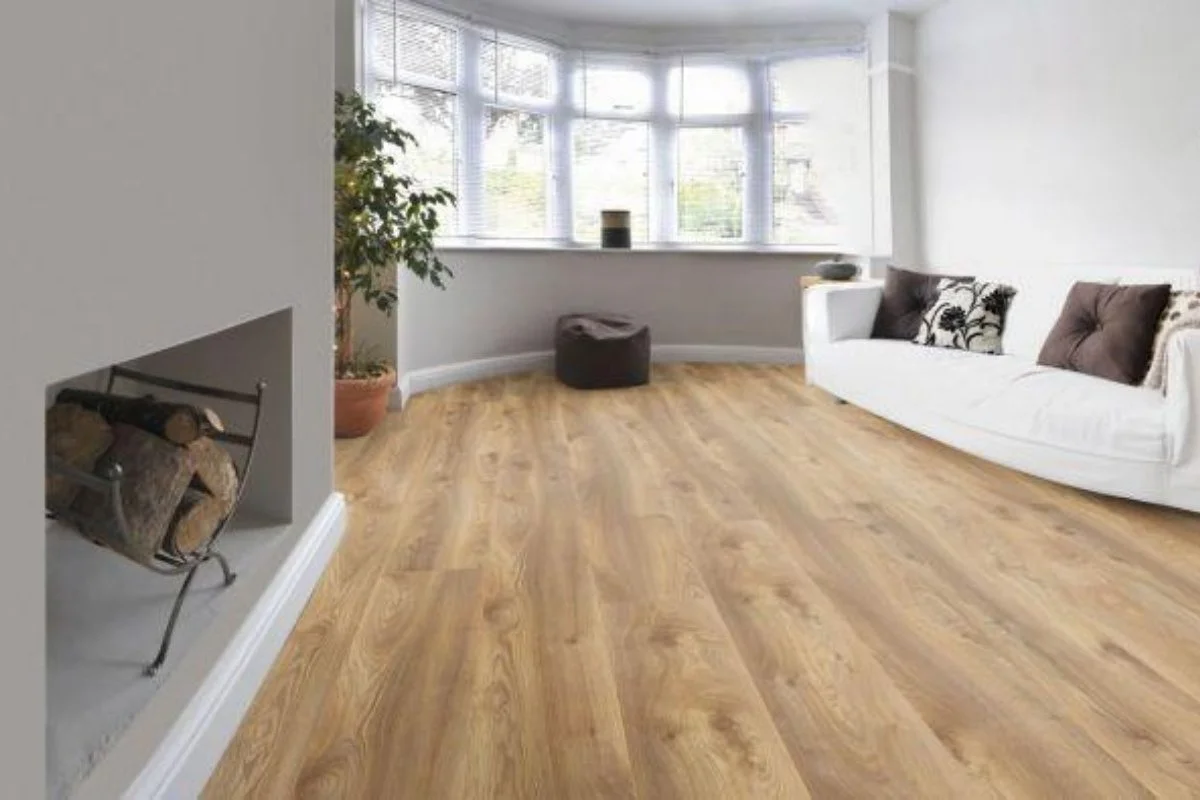
Floor cleaning for lino and vinyl
Vinyl and linoleum flooring can be cleaned very similarly. Once again, sweeping, vacuuming, or using a dry mop to remove dust and as much dirt as possible is the best way to take care of your lino floors. But for a deeper clean, a few drops of mild dish soap in a bucket of warm water should do the trick.
As with tiles and hardwood floor cleaning, pools of water can damage linoleum, so make sure the mop is only damp and not dripping. Follow up with regular water (again, damp, not wet) to prevent residue buildup. Because lino is so hardy, you can scrub stubborn stains if needed.
Carpet cleaning tips and tricks
In most cases, hoovering is your main cleaning option for carpets. Plus, a lint brush is a great hack for removing bits that get stuck to carpet fibres and missed by the vacuum. Generally, spills will need to be addressed immediately to avoid stains, so you won’t be tackling them when you do your deep cleaning.
If you are dealing with a stubborn spot, make sure to use products specifically designed for carpet — while it may be tempting to have your laundry detergent pull double duty, it needs too much water to properly rinse, and you don’t want it to sink through and lead to mouldy floorboards.
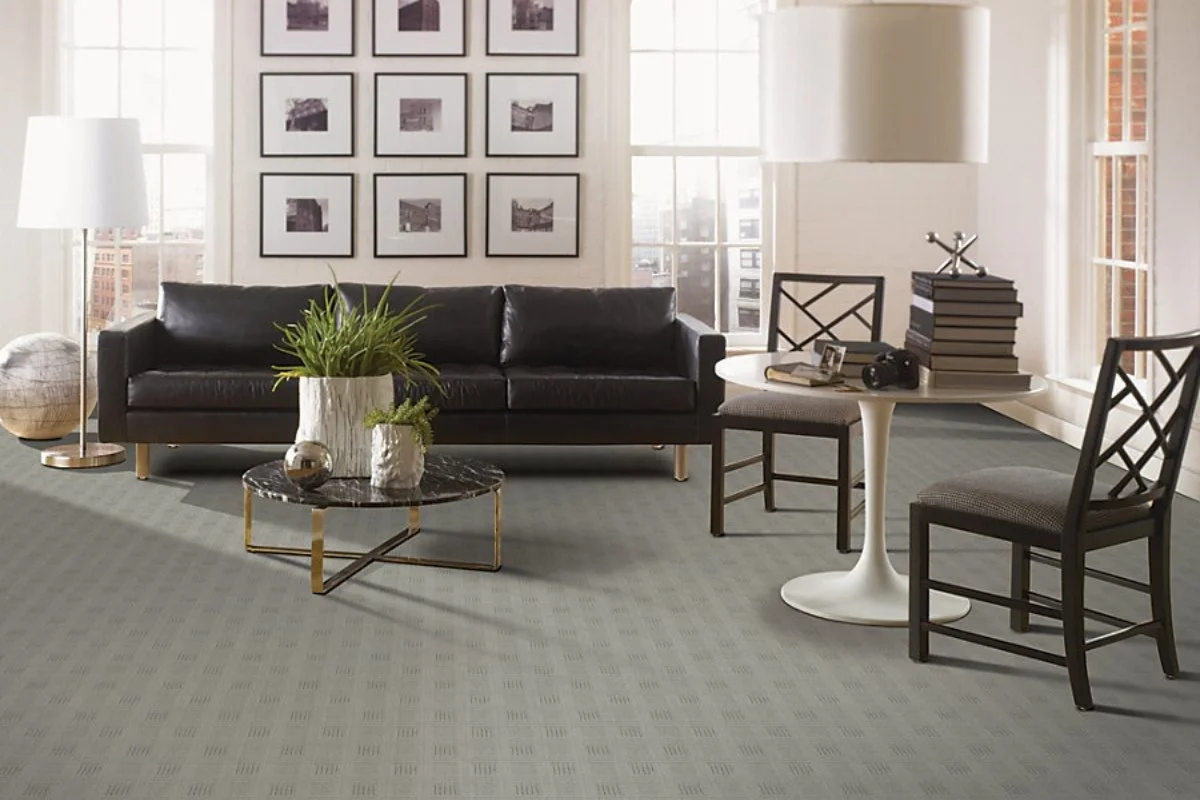
Carpet cleaning for shag rugs
While most flatweave and low to medium-pile rugs can be dealt with in the usual ways, extra high-pile and shag carpeting needs a bit of special care. Hoover gently with the floor attachment of your vacuum to avoid making the fibres frizzy or loose. A steam cleaner is also a great deep cleaning option. For small area rugs, hanging your shag rug up outside and beating it with a broom handle or wooden spoon can remove dust with ease.
Bonus: if your furniture is leaving indents in the carpet, set an ice cube in the dent and let it melt a bit. This will expand the carpet fibres and bring them back to life. Then blot away the water and fluff up the fibres to the same height as their neighbours.
Corcoran’s flooring is sturdy, stylish, and ready to stand up to years of daily footfall, but even the best flooring needs a little help to keep it looking as clean and fresh as the day it was installed. Remember, if you have any questions about the care and maintenance of your Corcoran’s flooring, tile, or carpet cleaning, we’re here to help. Taking care of your flooring with regular cleaning can make it quick and easy to keep your floors looking fabulous.
